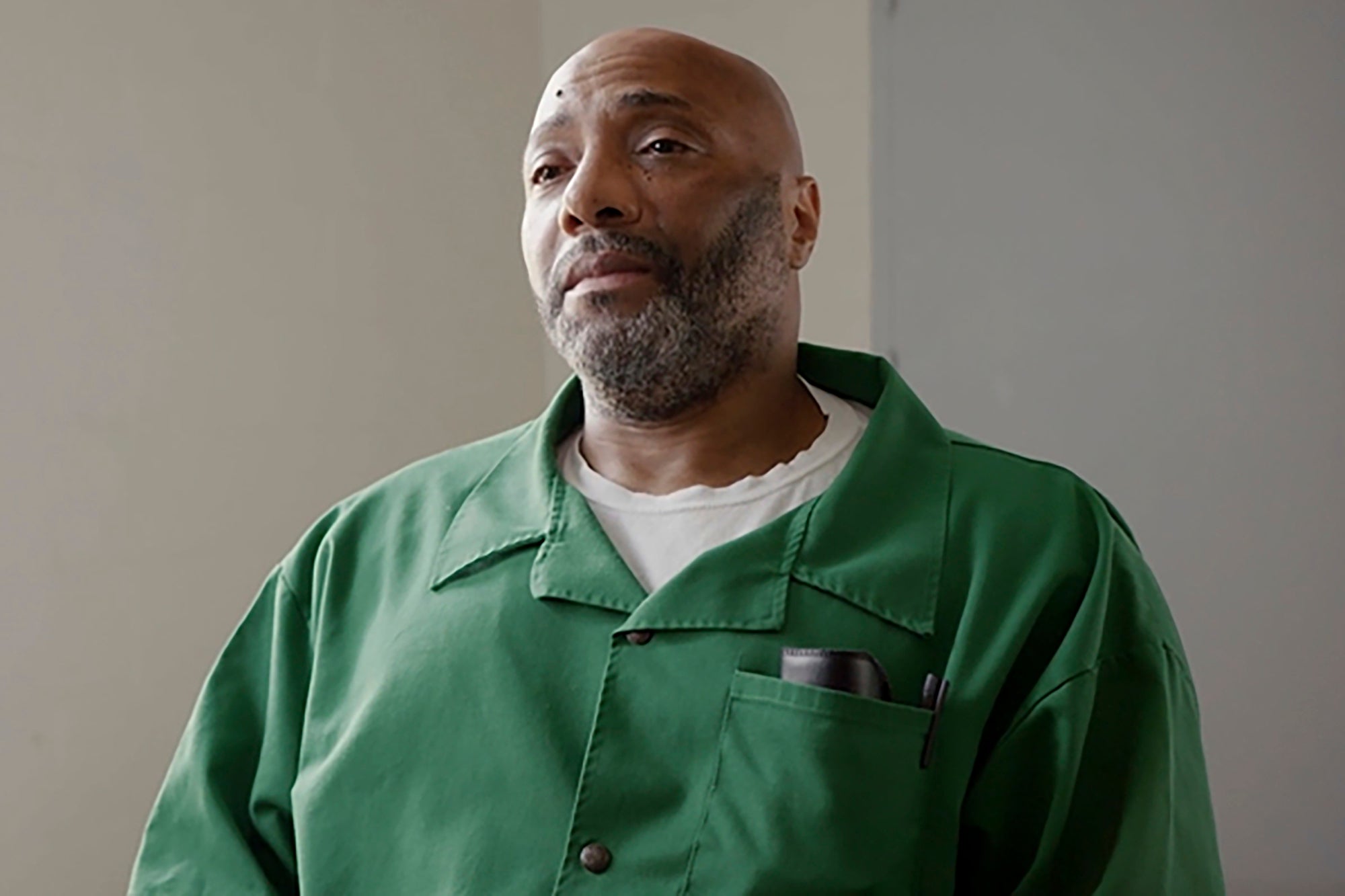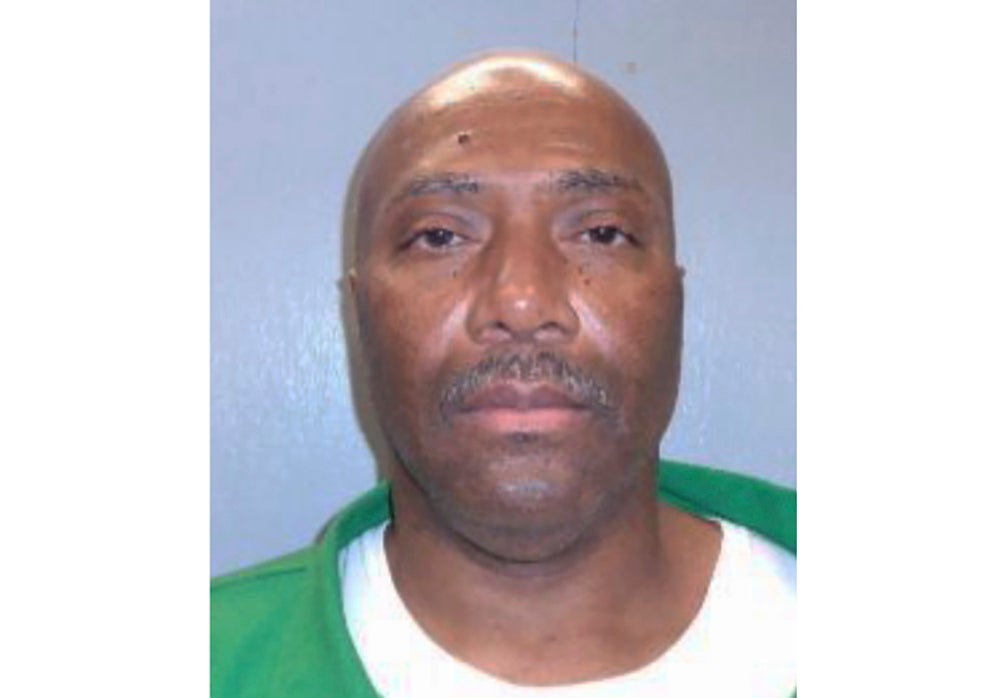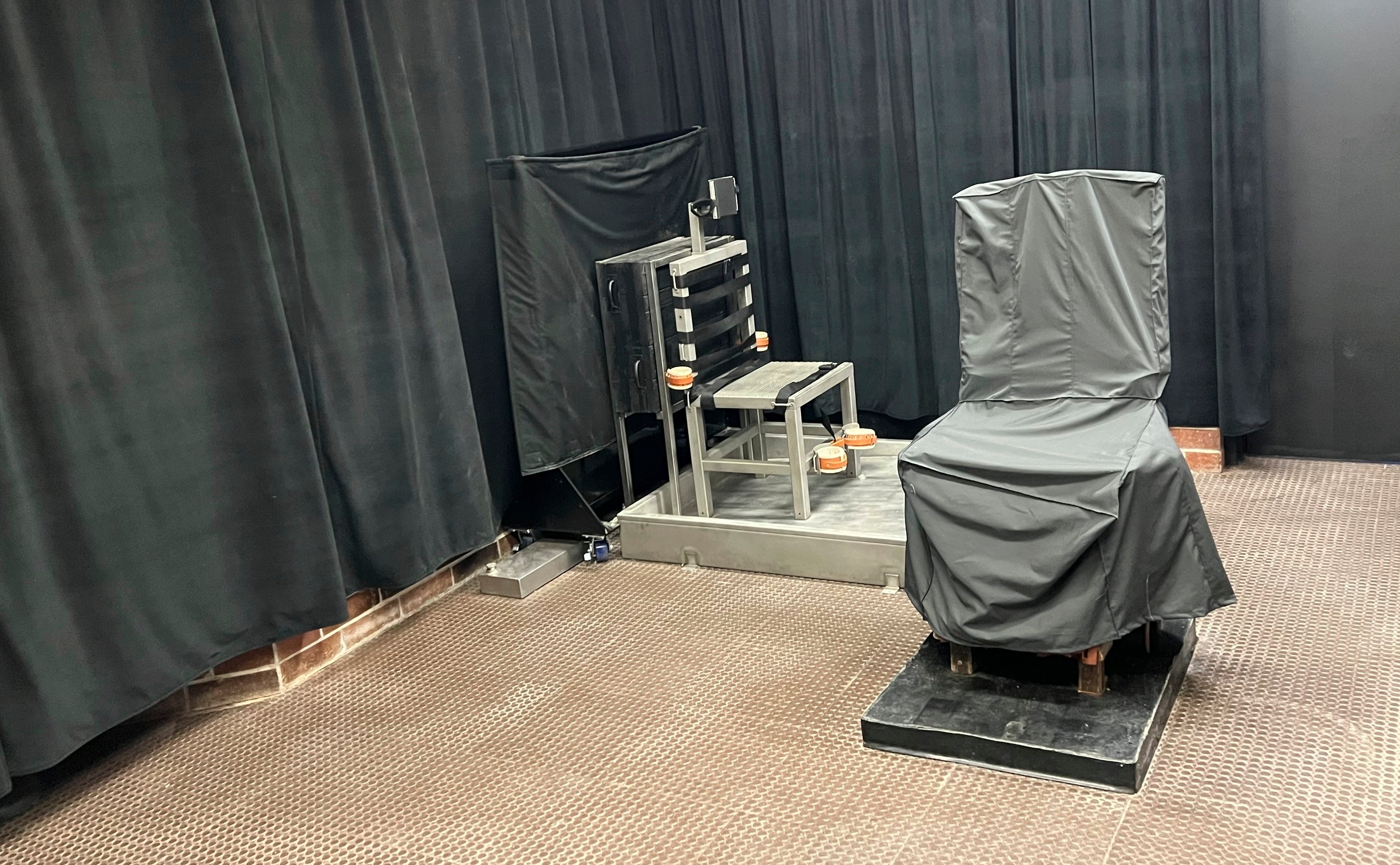Death row inmate ordered to choose between three options for how he wants to die
Richard Moore is the only man on the death row to have been convicted by a jury that did not have any African Americans

Prison officials have told a death row inmate he can choose how he dies.
Richard Moore was told on Tuesday that he can choose 3 a firing squad, the electric chair and lethal injection for his South Carolina November 1 execution.
Moore, 59, is facing the death penalty for the September 1999 shooting of store clerk James Mahoney. Moore went into the Spartanburg County store unarmed to rob it and the two ended up in a shootout after Moore was able to take one of Mahoney’s guns. Moore was wounded, while Mahoney died from a bullet to the chest.
State law gives Moore until October 18 to decide or by default he will be electrocuted.
His execution would mark the second in South Carolina after a 13-year pause due to the state not being able to obtain a drug needed for lethal injection.
He is appealing to the U.S. Supreme Court to stop the execution. Moore, who is Black, is the only man on South Carolina’s death row to have been convicted by a jury that did not have any African Americans, his lawyers said. If he is executed, he would also be the first person put to death in the state in modern times who was unarmed initially and then defended themselves when threatened with a weapon, they said.

South Carolina Corrections Director Bryan Stirling said the state's electric chair was tested last month, its firing squad has the ammunition and training and the lethal injection drug was tested and found pure by technicians at the state crime lab, according to a certified letter sent to Moore.
Freddie Owens was put to death by lethal injection in South Carolina on Sept. 20 after a shield law passed last year allowed the state to obtain a drug needed for lethal injection. Before the privacy measure was put in place, companies refused to sell the drug.
In the lead up to his execution, Owens asked the state Supreme Court to release more information about the pentobarbital to be used to kill him. The justices ruled Stirling had released enough when he told Owens, just as he did Moore in Tuesday's letter, that the drug was pure, stable and potent enough to carry out the execution.
Prison officials also told Moore that the state’s electric chair, built in 1912, was tested Sept. 3 and found to be working properly. They did not provide details about those tests.
The firing squad, allowed by a 2021 law, has the guns, ammunition and training it needs, Stirling wrote. Three volunteers have been trained to fire at a target placed on the heart from 15 feet (4.6 meters) away.

Moore plans to ask Gov. Henry McMaster, a Republican, for mercy and to reduce his sentence to life without parole. No South Carolina governor has ever granted clemency in the modern era of the death penalty.
Moore has no violations on his prison record and offered to work to help rehabilitate other prisoners as long as he is behind bars.
South Carolina has put 44 inmates to death since the death penalty was restarted in the U.S. in 1976. In the early 2000s, it was carrying out an average of three executions a year. Nine states have put more inmates to death.
But since the unintentional execution pause, South Carolina’s death row population has dwindled. The state had 63 condemned inmates in early 2011. It currently has 31. About 20 inmates have been taken off death row and received different prison sentences after successful appeals. Others have died of natural causes.
